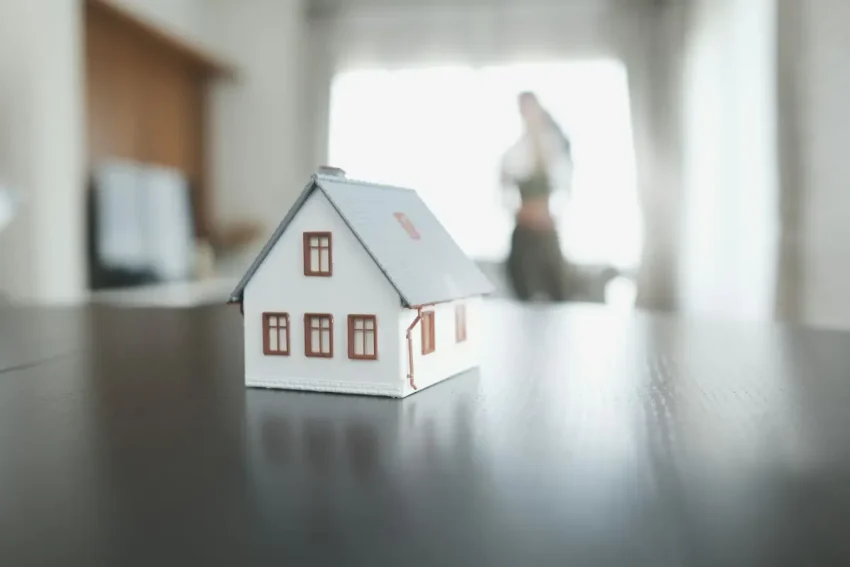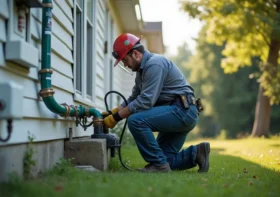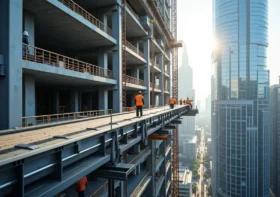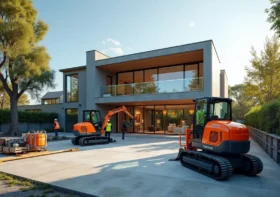Custom Home vs. Pre-Owned: Which Fits Your Life Better?

Choosing a home is a big move. Many buyers look at two paths: building a custom home from the ground up or buying a pre-owned home that is already standing. Both can be great. The right choice depends on time, budget, and how much control is wanted over the design.
This guide keeps things simple. It lays out what each option offers, where the trade-offs sit, and how to decide with less stress. The aim is to help you feel clear and confident, not lost in housing terms.
Contents
- 1 What a Custom Home Really Means
- 2 What You Get With a Pre-Owned Home
- 3 Timing: How Fast Do You Need to Move?
- 4 Money: Costs You Can Expect
- 5 Design and Daily Life
- 6 Energy Use and Upkeep
- 7 The Feel of the Neighborhood
- 8 Financing, Appraisals, and Resale
- 9 Who Should Pick a Custom Home?
- 10 Who Should Pick a Pre-Owned Home?
- 11 A Short, Practical Checklist
- 12 Final Thoughts and Next Steps
What a Custom Home Really Means
A custom home starts with a plan made for the way you live. The layout, the light, where the plug sockets go, even small storage spots—each part can match daily needs. The process usually begins with a talk about budget and a list of must-haves. Then comes a floor plan, decisions on materials, and a build timeline. A project manager or builder checks that work stays on schedule and meets code.
Good information makes this smoother. For a plain-language look at how the process works in real life, browsing J&K Custom Homes can help you see the steps, the team roles, and how choices fit together without pressure.
What You Get With a Pre-Owned Home
A pre-owned home is ready right now. Move-in can happen once the sale closes and keys are handed over. The layout is fixed, but the space is easy to picture because it already exists. The street is settled. Trees, fences, and neighbors are in place. Local shops and schools are known. That sense of “this is the block” comes fast.
There may be upgrades to plan. Paint, floors, or a kitchen refresh can change the feel without tearing down walls. Bigger changes—new bathrooms, extensions, re-wiring—take more time and money and may need permits. Still, pre-owned homes often have personality and history, which some buyers value more than a shiny new build.
Timing: How Fast Do You Need to Move?
Timing is often the key issue. A custom build can take many months, from design to final inspection. Weather can slow things down. Supply delays can also add days or weeks. If a deadline is strict because of school start dates or a job, that matters.
A pre-owned home can close in a few weeks to a couple of months, depending on the contract and mortgage. That speed can reduce stress and moving costs, and it may let a family lock in a school zone sooner.
Money: Costs You Can Expect
Budget is not just the sale price. With a custom home, expect land costs, site prep, utility hook-ups, design fees, materials, labor, and a contingency for surprises. Upfront planning helps keep spending under control. Picking “good, better, best” options for each part (doors, windows, cabinets) can keep the final number in line with goals.
With a pre-owned home, the purchase price is clear, and the home inspection flags repairs. Set aside cash for fixes after move-in. Older systems—roof, HVAC, plumbing—may need work in the next few years. Even with that, the total can be lower than a new build, or at least more spread out over time.
Design and Daily Life
Custom homes let daily routines shape the plan. If mornings are busy, a mudroom with hooks and hidden bins can save time. If someone works from home, a quiet office with good light makes sense. Open areas help with hosting. A tucked-away den may keep games and noise out of the main space. These are not add-ons; they are part of the design from day one.
Pre-owned homes ask for flexibility. The plan is set. Some rooms may be small; storage might be tight. Smart tweaks—built-in shelves, a pantry cabinet, or a sliding door—can fix pain points without a full remodel. The question is whether the core layout fits the way you live now and as life changes.
Energy Use and Upkeep
New homes often meet stricter energy standards. Better insulation, modern windows, and up-to-date heating and cooling can drop monthly bills. New wiring and plumbing also lower the chance of early repairs. Many builders include a warranty for the first year or more, which adds peace of mind.
Pre-owned homes can be efficient too, but age matters. Older windows leak heat. Old appliances draw more power. Replacing them helps, but it adds cost. A good inspection report is key here. It tells you what to plan for in the first two to three years.
The Feel of the Neighborhood
Location shapes daily life. A custom build may be in a new development on the edge of town or on a single lot where an older home was removed. New areas sometimes grow over time, so shops and parks may come later. Some buyers enjoy watching a community take shape; others want an established feel right away.
Pre-owned homes are often in mature areas with trees, paths, and a set rhythm. School routes, weekend sports, and local events are already part of the mix. If that sense of roots matters, pre-owned can be a strong fit.
Financing, Appraisals, and Resale
Money rules are not the same for each path. Construction loans can work for custom homes, then convert to a standard mortgage when the build is done. That can mean two stages of approval. Appraisals look at the plan and the comps in the area. Strong plans in the right location tend to appraise well.
Pre-owned homes use standard mortgages from day one. Appraisals compare to nearby sales. Value can swing with market shifts, but there is less guesswork because the home is already there. For resale later, both new and pre-owned can do well when kept in good shape. Timeless choices—smart storage, natural light, and simple finishes—help either way.
Who Should Pick a Custom Home?
A custom home serves buyers who want exact choices and have time to wait. It is a match for people who value layout control and plan to stay put for many years. It helps when someone enjoys making decisions in a clear order: site, plan, finishes, fixtures. Patience pays off because the result fits like a glove.
It also suits special needs. Wide hallways, step-free entries, or a full suite on the ground floor can be woven into the plan from the start. Pet spaces, hobby rooms, and big kitchen islands can be sized to real life rather than squeezed in later.
Who Should Pick a Pre-Owned Home?
A pre-owned home is best for buyers who want speed, clear costs, and a lived-in setting. It works for people who enjoy character features—original wood floors, a brick fireplace, mature trees—and do not mind small quirks. If the goal is to move, settle, and adjust smaller things over time, this route makes sense.
Pre-owned also helps when the budget must stay tighter right now. The main price is set, and upgrades can wait. Some buyers also prefer to see and touch the exact space before making the call. That reduces the stress of imagining a future room from a drawing.
A Short, Practical Checklist
Use a quick check to guide the choice:
- Timeline: Need keys in weeks? Pre-owned. Can wait months for a build? Custom.
- Control: Want the plan to match daily life in detail? Custom. Okay with a few trade-offs? Pre-owned.
- Budget style: Prefer one clear price and later updates? Pre-owned. Fine with a staged budget and many choices? Custom.
- Energy and upkeep: Want top efficiency from day one? Custom. Ready to upgrade as needed? Pre-owned.
- Neighborhood feel: Want mature streets and known schools now? Pre-owned. Okay as a new area grows? Custom.
Final Thoughts and Next Steps
Both paths can lead to a happy home. A custom build delivers a plan shaped to daily life and future needs. A pre-owned home offers speed, a known street, and a clear price today. Start with the timeline and the must-have list. Add a small buffer in the budget for surprises. Walk through homes in person, and review at least one sample build plan to see what feels right.
Make a choice, then move forward with calm steps. Ask clear questions, keep notes on each visit or plan, and trust what fits your life. A good home is one that helps mornings run smoother, evenings feel restful, and weekends welcome family and friends. Keep that picture in mind, and the decision becomes much easier.



